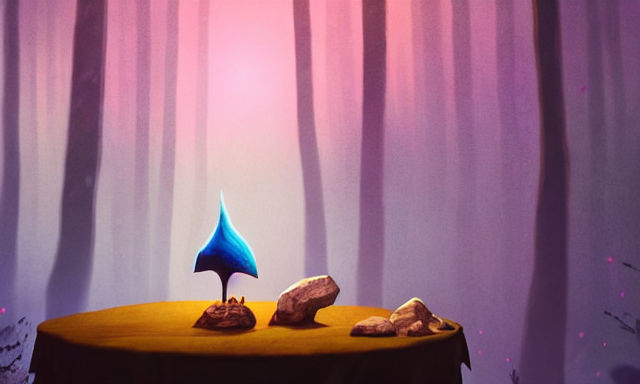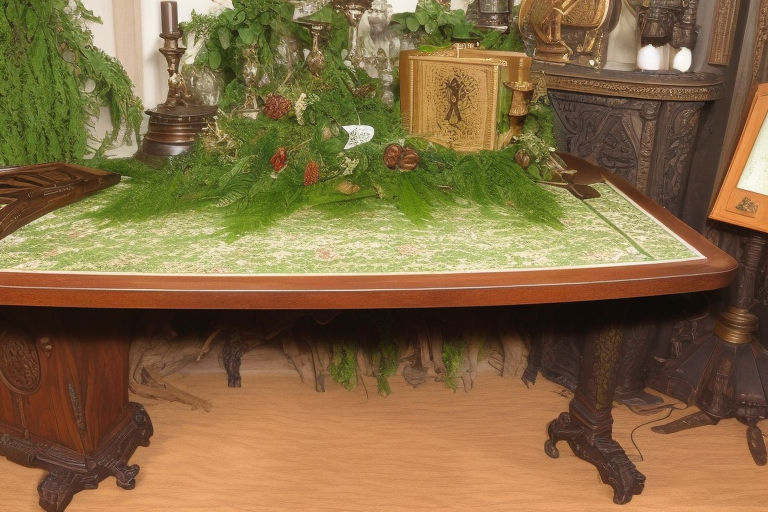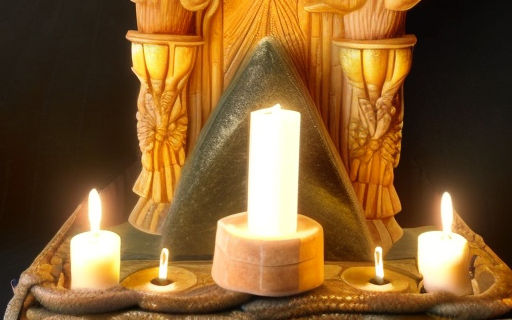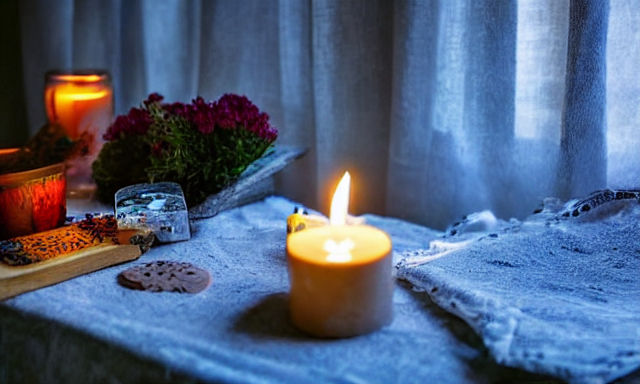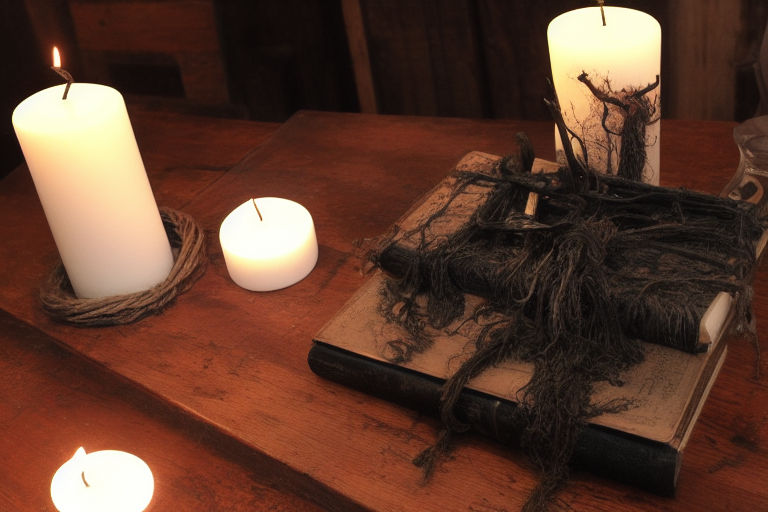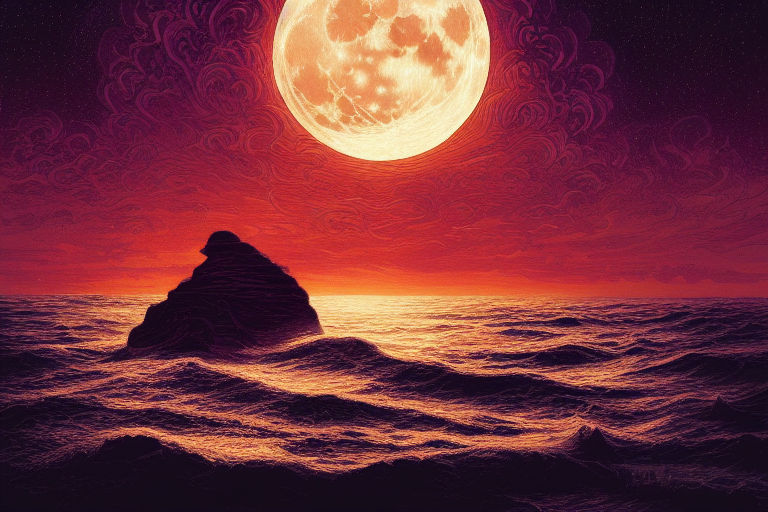Samhain Rituals and Traditions
Samhain is a festival of the dead and a time for people to welcome the dissolution of old beliefs and attachments. In many traditions, families prepare a special meal for deceased relatives and engage in conversations over the course of the evening. Children also play an important role in the ritual by performing acts of entertainment. Costumes and masks are also common during Samhain celebrations. Some people even dress up as animals, monsters, or beasts.

Samhain is a festival of the Dead
Samhain, the festival of the dead, has its origins in ancient Ireland. Originally, it was a three-day festival, during which the Druid priests would light a communal bonfire. The festival was accompanied by rituals and prayers, and cattle were sacrificed to the Sidhs. It was also believed that during Samhain, the barrier between the two worlds would be breached. The Celts celebrated by leaving offerings to the Sidhs (gods), and dressed as animals to ward off fairies and monsters.
Today, the tradition of Samhain has been revived and is widely celebrated across the globe. Most people celebrate Samhain by hosting a harvest feast for family and friends. They invite the spirits to share in the feast, which is considered a good time for families to reconnect with the dead. They also place a place at the table for the dead and make offerings every time they are served. In addition to food, mulled wine, mead, or cider are traditionally served.
The festival of Samhain is one of the most significant events of the Celtic calendar. Wiccans and ancient druids have long celebrated Samhain, which means summer’s end, in their own ways. In the ancient Celtic calendar, Samhain was the biggest of four fire festivals, marking the midpoint between the autumnal equinox and the winter solstice. People left hearth fires unattended during Samhain.
Samhain is celebrated on the last day of October. It is a similar festival to Halloween, though different from the Christian holiday. Halloween is a more family-oriented holiday, while Samhain is more spiritual and religious in nature. People also build altars to honor the dead.
Celtic people believed that the dead could be influenced by divine or supernatural interference. The abode of Donn on the Skellig Islands is associated with Samhain, and Mog Ruith is linked with it as the sungod. The festival was celebrated as a time to honor these spirits and prepare for the afterlife.
The festival was also associated with mourning. People used to leave offerings outside their homes and place settings for their dead relatives at their tables. They also dressed up in costumes to confuse the evil spirits and scare away them. Sometimes, they would ask neighbors for donations to pay for their costumes.
In ancient Celtic times, Samhain was celebrated on the first night of November. It marked the start of the Celtic New Year. Celtic peoples also believed in a liminal period. They believed the boundaries between the worlds were more porous during this period. As a result, people tended to make a lot of preparations for the winter.
It is a time to let old attachments, stories and beliefs die
Samhain is a time to reflect and celebrate life, and to let go of old attachments, stories, and beliefs. In ancient times, this was a time of remembering loved ones, and to welcome the departed souls. Today, Samhain can mean many different things to different people. However, the basic meaning remains the same: a time to let go of old attachments, stories and beliefs, and to welcome the death of illusions.
For Samhain, use herbs related to this time of year. You can use herbs such as mugwort, lavender, and sage. You can also burn smudge sticks and burn candles with the same intention. These herbs will help you to release negative energy and release old attachments.
Samhain is an old Celtic holiday. Celts believed in a life after death and considered waterfalls the entrances to the Otherworld. They also followed the seasons of growth and decay, and observed the four fire festivals each year. This included Samhain, the Celtic New Year, and All Saints’ Day.
The festival of Samhain was originally about paying respect to the dead. However, Christianity created the concept of hell for the underworld. Many non-Christians mispronounced or misspelled Samhain and called it “Samael” instead. Samael, the angel of the dead serving the god, was regarded by non-Christians as Satan’s head in the underworld. This myth then led to scaremongering and re-imagining the dead as evil ghosts.
Some Neopagans hold Samhain-based festivals and celebrations. These celebrations vary greatly. Some people try to emulate the original festival while others try to re-create it based on unrelated sources. For example, some Neopagans focus on the Celtic tradition, while others base their festivals on Irish folklore.
In addition to the traditional ritual of carving pumpkins, many people also dress up in costumes. This was done to honor the dead and to protect themselves from malevolent spirits. Many people believed that the veil between the living and the dead was thin. Therefore, wearing costumes was considered a protective ritual.
The festival of Samhain was celebrated for three days and involved gatherings with community fires. In the early times, people would light communal fires with a wheel, which symbolized the sun. Later, they would take the flames home to relight their hearths. Although some people view this holiday as morbid, it is a part of the Celtic tradition and connects with the cycles of nature.
It is a time to welcome the dissolution of illusions
During Samhain, the veil between the physical and spiritual worlds is thin, making it an ideal time to connect with the Otherworld. During this time, rituals for mourning and for letting go can be very helpful. These rituals can help those who are grieving to accept the Otherworld and to appreciate life while it is still here.
Historically, the Celtic peoples considered Samhain to be a time of magic and peril. They believed that it was also the time for departed souls to visit their living relatives. On this day, people would light candles in the sacrificial areas to serve as beacons for the spirits. Wicker men would also be dressed in scary costumes to deter evil spirits.
Samhain is a time of transformation. It is also a time for releasing old attachments, stories, and beliefs. It is a time to welcome the dissolution of illusions and to welcome the dissolution of paths that do not lead to the heart. While this festival is not a time for magic or enlightenment, it is an excellent opportunity to welcome the dissolution of old illusions and to make peace with your Soul and others.
Samhain is a time to honor life and death. The ancient Celtic peoples considered apples to be sacred, and the apple, which is a symbol of life and death, was buried at this time of year. It was also a symbol of life and death, so apple games were adapted from this belief. In addition, the apple was buried at Samhain. The five-pointed star found in an apple is a pentacle, which is the symbol of the Goddess.
Throughout Irish mythology, many important supernatural events take place during Samhain. One of the most significant of these is the Second Battle of Moytura. This battle between the Tuatha De Danann and the Fomoire is one of the most important moments in Irish mythology.
Samhain is an important festival for Wiccans, witches, and ancient druids. It marks the end of the harvest cycle and the beginning of death. During this time, the seeds remain hidden, dormant, and seemingly lifeless. This is an important time to accept the dissolution of illusions. It is a time to honor the demise of the past year and to welcome the emergence of the new one.


